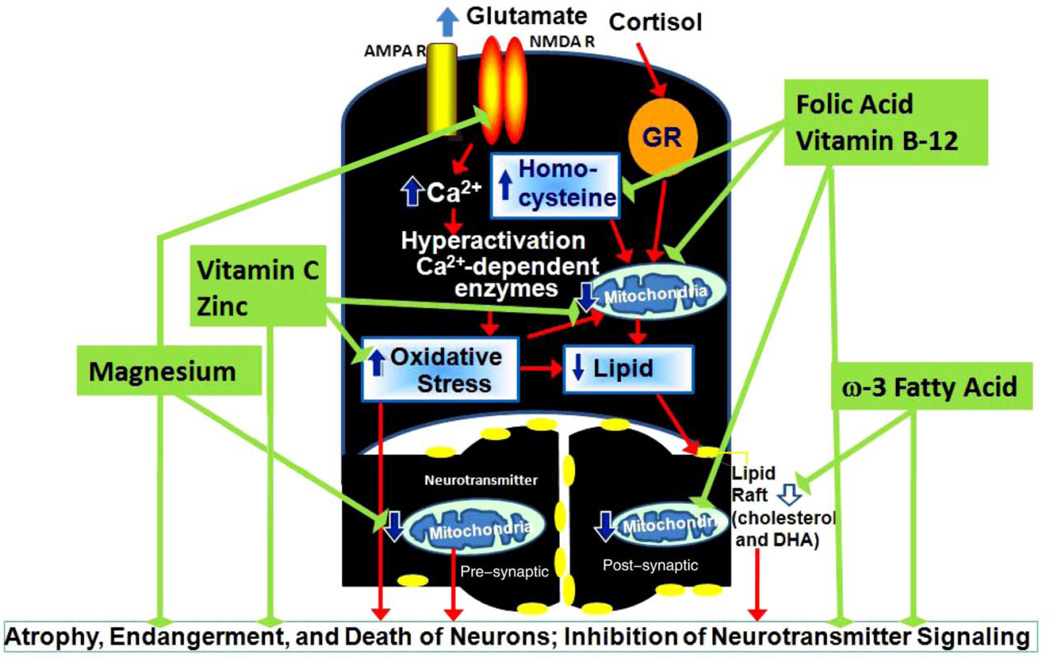Figure 2. Nutrients protect mitochondrial function and neurotransmitter signaling against stress-induced neuronal damage.
Chronic stress causes increases of the cortisol level and the intracellular glutamate level in the brain. The high levels of cortisol may cause increased oxidative stress and higher homocy steine levels, which subsequently lead to mitochondrial dysfunction and lipid degradation. The in tra-cellular glutamate activates the N-methyl-D-aspartic acid receptor (NMDA R) and α-amino-3-hydroxy-5-methyl-4-isoxazole-propionic acid receptor (AMPA R) and induces calcium influx, which leads to hyperactivation of the Ca2+ dependent enzymes and oxidative stress. The higher level of lipid oxidation may result in lipid degradation and lower levels of Eicosapntemacnioc Acid (EPA), Docosahexaenoic Acid (DHA), or other polyunsaturated fatty acid (PUFA) in the brain for the formation of the lipid rafts, followed by a decrease in the number of lipid rafts, which may affect the G-protein coupled receptor signaling at the synapses. ω3 fatty acids, vitamin C, folic acid, vitamin B12, zinc, and magnesium protect mitochondrial function and neurotransmitter signaling. In particular, ω3 fatty acids facilitate the formation of lipid rafts, which mediate neurotransmitter signaling. Vitamin C and zinc balance stress-induced oxidative stress during chronic stress situations. Vitamin B12 and folic acid reduce homocysteine levels, and enhance the formation of S-adenosylmethionine (SAMe). Magnesium is a co-enzyme for energy production in the mitochondria. It is also an NMDA antagonist that blocks excessive calcium influx and protects neurons.

